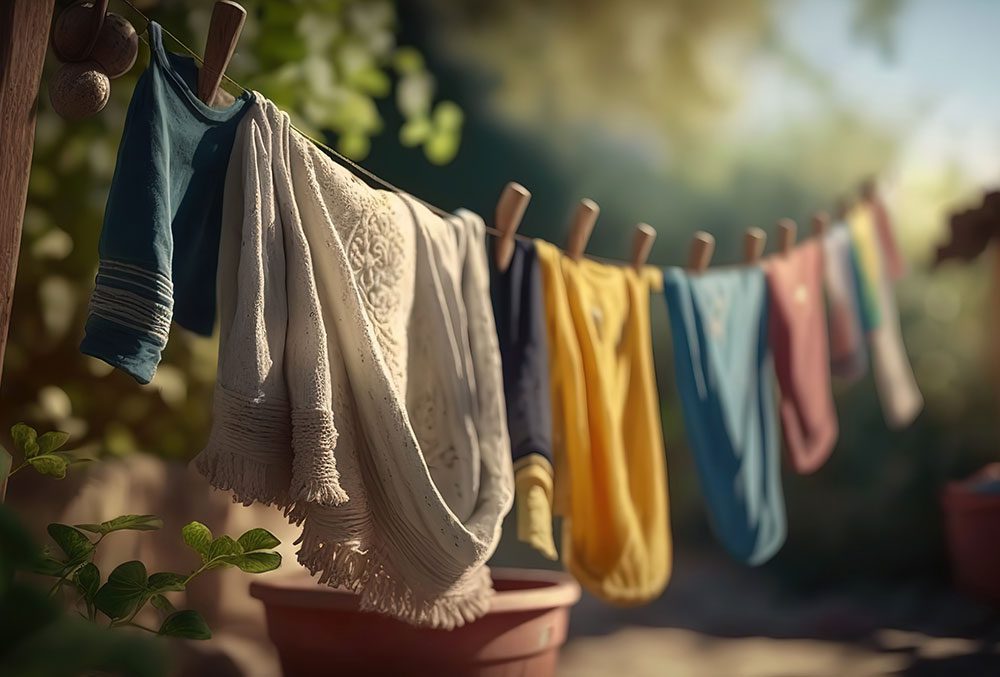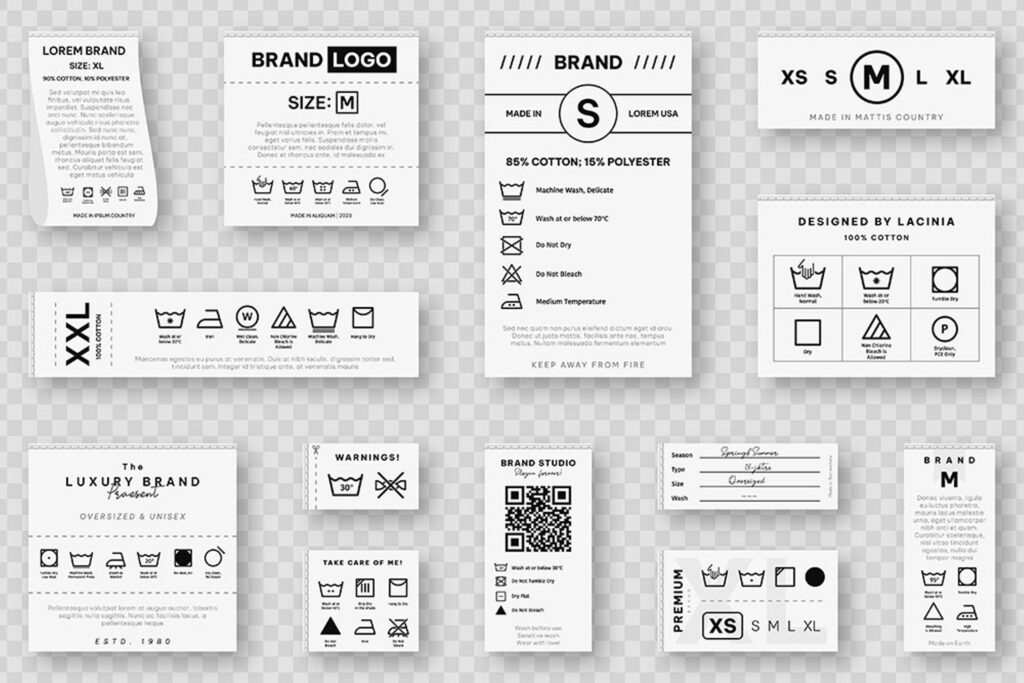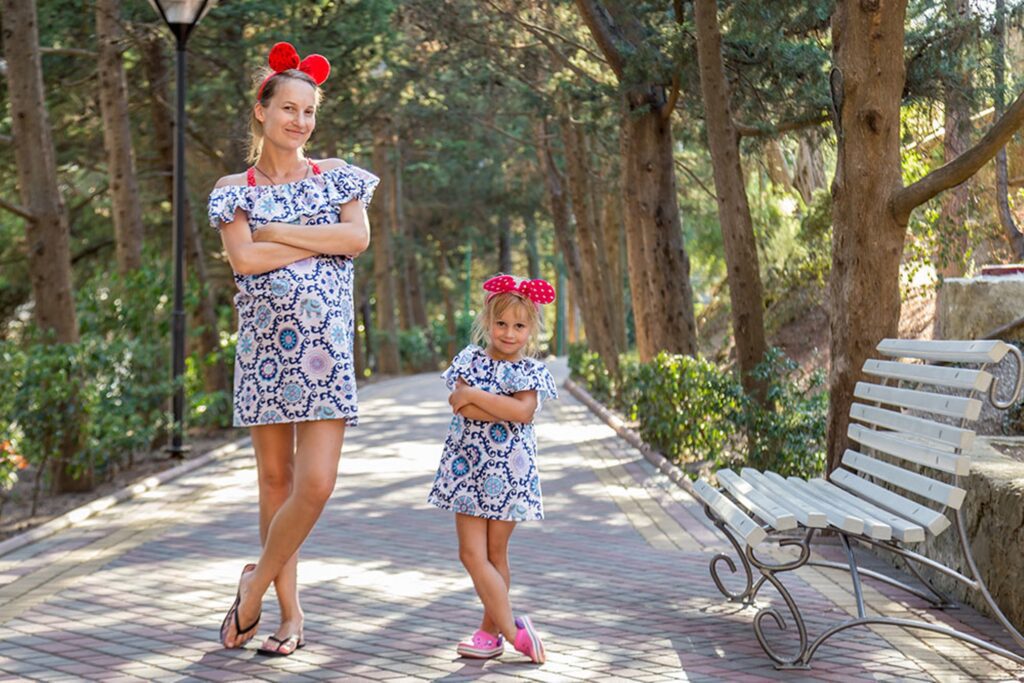
The Origin and Evolution of Book Week
Celebrate Book Week and the joy of reading. Invest in young lives by ensuring that every child has the opportunity to explore the magic of storytelling and to develop a life-long desire to learn.
$16 combined shipping tracked and insured
FREE shipping when you spend $125 or more

Caring for your clothes is crucial to ensuring that they remain in good condition and can continue to be used for many years. We uphold an enduring principle in our family which we apply to everything we own: “If you look after it, it will look after you.” Here are some simple tips on how to clean and care for your secondhand clothes (and your other clothes too):
The first step is to check the care label on the garment. The care label provides washing and drying instructions which will help you avoid damaging the garment. The label will typically include information on the recommended water temperature, the type of detergent to use, and whether the garment can be dried using a clothes dryer or should be air-dried. If the care label is missing or illegible, you can look-up the care instructions online or ask a professional dry cleaner.

When washing any clothing, it is important to use a gentle detergent which is suitable for the fabric. Avoid using bleach or harsh chemicals which can damage the fabric. Silk or wool may require special care such as hand-washing or dry cleaning. If you are not sure how to care for a specific fabric, you can look it up online or ask a professional.
If you notice a stain on your clothes, it is best to attend to it as soon as possible. The longer a stain sits on the fabric, the more difficult it will be to remove. Use a stain remover or a mixture of baking soda and water to remove the stain. Be sure to first test the stain remover on an inconspicuous area of the garment before applying it to where it’s required.
When drying any clothing, it is preferable to air-dry rather than using a clothes dryer. The heat and agitation of a clothes dryer can damage the fabric and cause shrinkage or fading. To air-dry, hang the garment on the clothesline, a clothes hanger or lay it flat on a towel. If you must use a clothes dryer, use the ‘gentle’ setting if it has one. This uses the dryer’s lowest temperature setting. Even though it will take longer to dry, it will use less energy and save money. If you need to remove wrinkles from the garment, consider steaming instead of ironing. Excessive ironing, over-heating and incorrect technique can damage the fabric and leave shiny marks on the fabric surface. If you must use an iron, use a cool iron and turn the garment inside out.
When storing your clothes, it is important to store them in a cool, dry place away from direct sunlight. Prolonged or excessive exposure to sunlight can fade and damage the fabric. It is also a good idea to store garments with a few cedar chips or lavender sachets to help keep the moths away.
By following these tips, you can help ensure that your secondhand clothing collection contributes to slow fashion and a more sustainable fashion industry. Cleaning and caring for your clothes will keep them in excellent condition, enabling you to enjoy them for many years.
Kids clothes are generally labelled according to age. However many of our girls larger-sized garments will fit adults. We also stock some adult-sized garments which we know will fit teenagers, so there could well be something to suit you.
Did you know that a girls size 16 garment will generally equate to a ladies size 12, and that a girls size 12 will be roughly equivalent to a ladies size 8? Even with this in mind, there is absolutely no substitute for asking us to measure a garment for you, to be absolutely sure that it will fit.

So, if you like buying preloved clothes for yourself, as much as you do your kids, why not check-out our range of activewear, dresses, footwear, knitwear, jackets, sleepwear and underwear.
In our next article, we’re going to explore the benefits of buying your secondhand clothes from us. Until then, remember to look after your stuff, and it will look after of you!
Cheers, David & Cath.

Celebrate Book Week and the joy of reading. Invest in young lives by ensuring that every child has the opportunity to explore the magic of storytelling and to develop a life-long desire to learn.

Saving money is an essential part of managing personal finances. By making small changes to your daily routine, you can save money without sacrificing your lifestyle.

When shopping for preloved clothing it is important to know how to identify high quality garments. In this article, we’ll show you how to do it.